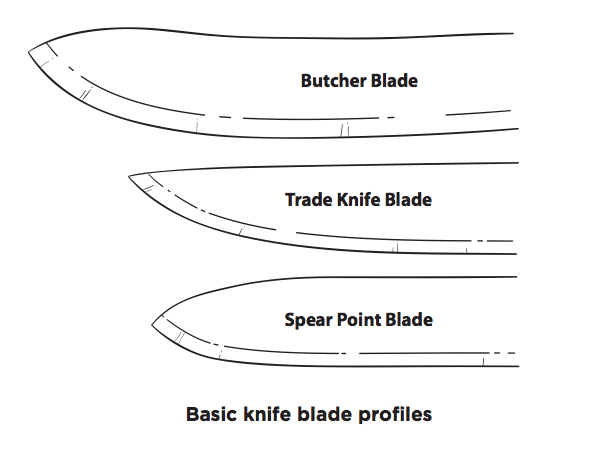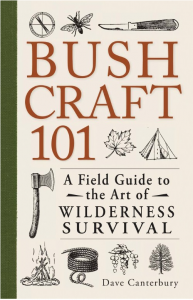 A belt knife is the most important tool any woodsman can own. This being the case, you must keep this tool directly attached to your person to keep it from becoming lost. With this item, you can recreate all other items you need, should an emergency arise.
A belt knife is the most important tool any woodsman can own. This being the case, you must keep this tool directly attached to your person to keep it from becoming lost. With this item, you can recreate all other items you need, should an emergency arise.
By Dave Canterbury
Therefore the ultimate question is, What is the perfect knife? speaking from experience, I’d say it is usually the one you have on you when the need arises. However, for purposes of this discus- sion, let’s examine the qualities of a knife that will be most useful to you in the wild.

Begin by looking at the length of the knife blade. a blade that is too small will make it difficult to process firewood, if needed, especially if you are not carrying an axe or if one is not available. a blade that is too big will make finer carving tasks more difficult. The happy medium is about 4 1⁄2 to 6 inches in blade length. Historically, most knives found along the American frontier were within this length and had the profile of a large kitchen or butcher’s knife.
These days blades made from high- carbon steels like 1095 and 01 tool steel are preferable, because of their ability to throw a shower of sparks (much like fire steel). This makes them excellent fire-starting tools. You can use high- carbon steel blades with a hard rock, like quartz or flint, to ignite charred cloth or material, especially if your preferred fire-making method fails or has been used up. The blade spine must have a nice sharp 90-degree edge; make sure it is not rolled or beveled. Again, this will allow you to use it as a striking device for the metal match or ferrocerium rod.
Many knives today are coated with something to keep blades from rusting. You should avoid coated knives; it is very difficult for knives with this coating to throw off a shower of sparks or ignite material in combination with a hard rock. It is better to just maintain your blade to prevent rust.
Any knife you carry as a belt knife should be of full tang design; this means the entire knife is one piece of steel with handles attached to the outside by a pin or screw. This is very important since the knife may take much abuse when processing firewood, especially while being struck on the spine while batoning wood. Because your belt knife is such an integral part of your kit, you should reserve a considerable portion of your kit’s budget for this tool.

For more great information about this excerpt from “Bushcraft 101, A Field Guide to the Art of Wilderness Survival” be sure to visit this link: Click Here
